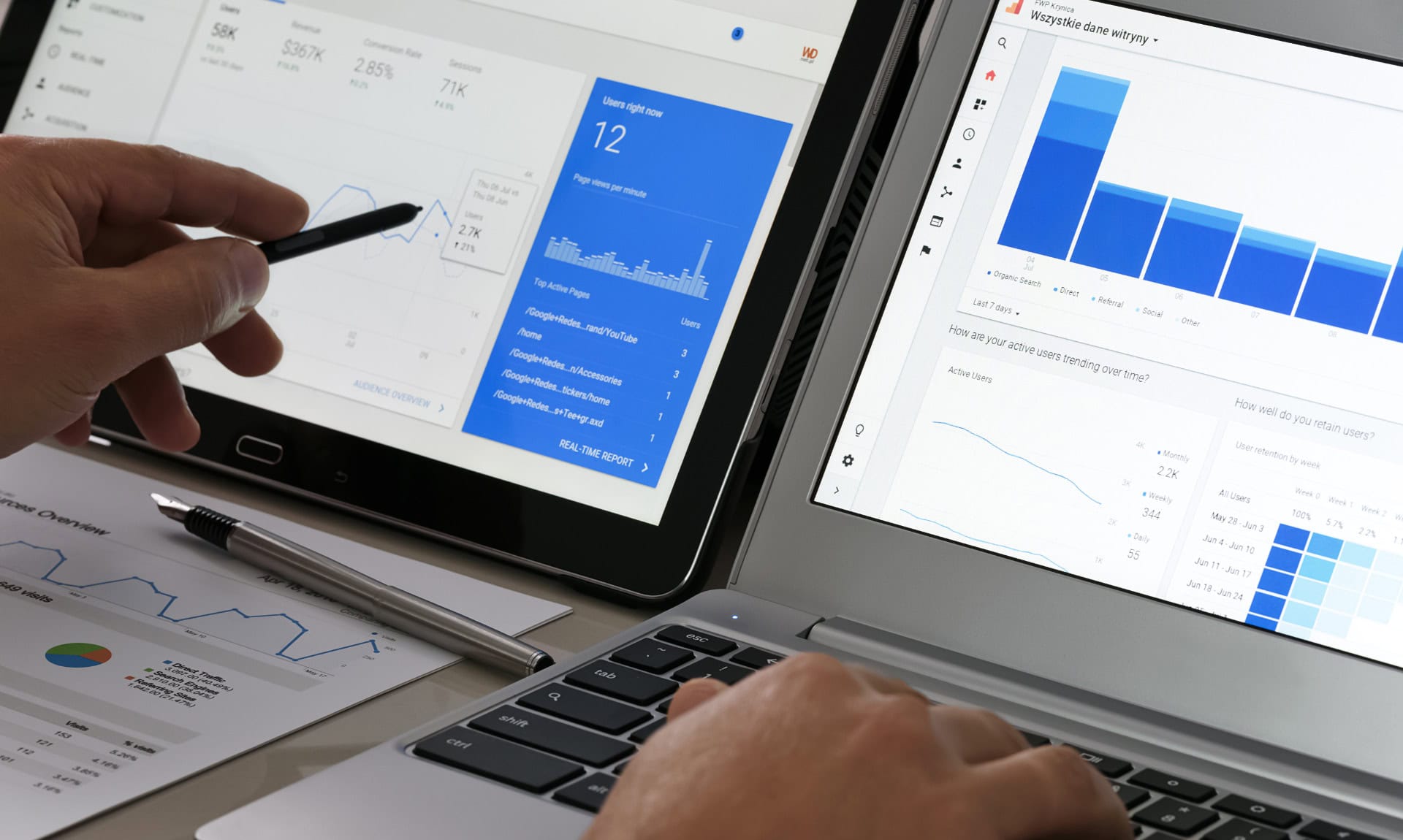
B2B Performance Marketing: Complete Guide for Marketers
B2B performance marketing is transforming the way businesses approach their marketing strategies. By focusing on measurable outcomes, performance marketing in B2B campaigns ensures higher ROI and more effective resource allocation.
In this guide, we will explore the essential strategies and best practices to optimize your B2B performance marketing efforts.
What Is B2B Performance Marketing?
B2B performance marketing is a strategic approach where businesses target other businesses with marketing campaigns designed to drive specific, measurable actions, such as leads, sales, or conversions.
Unlike traditional marketing, performance marketing focuses on outcomes and ROI, ensuring every marketing dollar spent is trackable and results-driven. This method leverages data and analytics to optimize campaigns continuously for maximum efficiency and effectiveness.
Related Articles
Performance Marketing vs Brand Marketing: What’s the Difference?
Performance Marketing vs Digital Marketing: What’s the Difference?
Performance Marketing vs Growth Marketing: What’s the Difference?
Benefits of B2B Performance Marketing
B2B performance marketing offers numerous advantages for businesses aiming to enhance their marketing efficiency and effectiveness.
1. Cost-Effectiveness
B2B performance marketing allows businesses to allocate their budgets more efficiently by paying only for achieved results, such as clicks, leads, or conversions. This ensures that marketing expenditures are directly tied to tangible outcomes, maximizing the value of every dollar spent.
2. Measurable ROI
With performance marketing, every action taken by a potential customer is tracked and analyzed, providing clear insights into the return on investment. This data-driven approach enables businesses to continuously optimize their strategies for better results.
3. Highly Targeted Advertising
Performance marketing enables precise targeting of specific business audiences based on various criteria, such as industry, company size, or job role. This ensures that marketing messages reach the most relevant prospects, increasing the likelihood of engagement and conversion.
4. Flexibility and Scalability
B2B performance marketing campaigns can be easily adjusted and scaled according to the business’s needs and goals. This flexibility allows marketers to quickly respond to market changes and scale successful campaigns for greater impact.
5. Low Risk
Since performance marketing is based on paying for actual results, it minimizes the financial risk associated with traditional marketing methods. Businesses can experiment with different strategies and channels without committing large budgets upfront, reducing the risk of ineffective spending.
How Does B2B Performance Marketing Work?
Understanding how B2B performance marketing works is essential for creating effective and results-driven campaigns. The basic step-by-step process looks like this:
- Step 1 – Define Goals and KPIs: Begin by establishing clear objectives for the campaign, such as lead generation, sales, or brand awareness, and identify the key performance indicators (KPIs) to measure success.
- Step 2 – Identify Target Audience: Determine the specific characteristics of the businesses you want to reach, including industry, company size, and decision-makers’ roles.
- Step 3 – Select Marketing Channels: Choose the most effective marketing channels for your target audience, such as LinkedIn, Google Ads, or industry-specific websites.
- Step 4 – Create Engaging Content: Develop compelling and relevant content tailored to your audience’s needs and preferences, ensuring it aligns with your campaign goals.
- Step 5 – Launch and Monitor Campaigns: Initiate your campaigns across the selected channels and continuously monitor their performance using analytics tools to track progress against your KPIs.
- Step 6 – Optimize and Adjust: Analyze the data collected to identify what’s working and what’s not, making necessary adjustments to improve campaign performance and maximize ROI.
- Step 7 – Report and Analyze Results: At the end of the campaign, compile a detailed report on its performance, analyzing the outcomes to inform future strategies and ensure continuous improvement.
B2B Performance Marketing Channels
Choosing the right performance marketing channels is crucial for the success of B2B campaigns. Here are three key channels to consider:
- Social Media Marketing (SMM): Utilize platforms like LinkedIn, Facebook, and Twitter to reach and engage with your target audience through targeted ads and organic content, fostering brand awareness and generating leads.
- Search Engine Marketing (SEM): Implement paid search campaigns on performance marketing platforms like Google Ads and Microsoft Ads to capture intent-driven traffic from businesses actively searching for solutions related to your offerings, driving high-quality leads and conversions.
- Over-The-Top (OTT) Advertising: Leverage OTT advertising and CTV advertising to deliver streaming ads on platforms like Hulu, Netflix, Roku, and other CTV services, allowing you to reach decision-makers where they consume content.
B2B Performance Marketing Metrics and Measurement
Accurately measuring the success of B2B performance marketing campaigns requires tracking a variety of key marketing metrics. Here are the ten most commonly used performance marketing metrics:
- Cost Per Lead (CPL): Measures the cost-effectiveness of acquiring new leads.
- Conversion Rate: Indicates the percentage of visitors who take the desired action, such as filling out a form or making a purchase.
- Customer Acquisition Cost (CAC): Calculates the total cost of acquiring a new customer, including marketing and sales expenses.
- Return on Investment (ROI): Assesses the profitability of the marketing campaigns by comparing the revenue generated to the costs incurred.
- Customer Lifetime Value (CLV): Estimates the total revenue a business can expect from a customer over the entire relationship.
- Click-Through Rate (CTR): Measures the ratio of users who click on an ad to the number of total users who view the ad.
- Engagement Rate: Evaluates how actively the audience interacts with your content across different channels.
- Cost-Per-Click (CPC): Shows the cost incurred for each click on your ads, helping to assess the efficiency of your pay-per-click campaigns.
- CPM (Cost Per Thousand Impressions): Calculates the cost of one thousand ad impressions, indicating the reach and visibility of your marketing efforts.
- Lead-to-Customer Ratio: Shows the efficiency of your sales process by comparing the number of leads to the number of customers acquired.
B2B Performance Advertising Best Practices
Implementing effective performance marketing strategies is essential for maximizing the success of B2B campaigns. Here are the top performance marketing best practices:
- Set Clear Goals and KPIs: Establish specific, measurable objectives and key performance indicators to track the success of your campaigns.
- Understand Your Audience: Conduct thorough research to identify the needs, preferences, and behaviors of your target audience.
- Utilize Data and Analytics: Leverage data analytics tools to gather insights and continuously optimize your campaigns based on performance metrics.
- Create High-Quality Content: Develop engaging, relevant, and valuable content tailored to your audience’s interests and pain points.
- Personalize Your Campaigns: Use personalized messaging and offers to create a more relevant and engaging experience for your prospects.
- Test and Iterate: Regularly conduct A/B testing on different campaign elements to identify what works best and make data-driven adjustments.
- Optimize for Mobile: Ensure your campaigns are mobile-friendly, as many B2B decision-makers access content on their mobile devices.
- Leverage Automation: Implement marketing automation tools to streamline and scale your campaigns, improving efficiency and consistency.
- Monitor and Adjust Budget: Continuously monitor your spending and adjust your budget allocation based on campaign performance and ROI.
- Maintain Compliance: Stay updated with industry regulations and ensure your marketing practices comply with legal and ethical standards.
B2B Performance Marketing Examples
Examining real-world examples from well-known brands can provide valuable insights into effective B2B performance marketing. Here are five notable examples:
- LinkedIn Sponsored Content: LinkedIn uses its own platform to run highly targeted sponsored content campaigns aimed at professionals, driving significant lead generation and brand awareness.
- IBM’s Data-Driven Campaigns: IBM leverages data analytics to optimize its B2B marketing efforts, focusing on personalized content and targeted advertising to reach decision-makers in specific industries.
- Microsoft’s Account-Based Marketing (ABM): Microsoft employs ABM strategies to tailor marketing efforts to individual high-value accounts, resulting in increased engagement and higher conversion rates.
- Adobe’s SEM Initiatives: Adobe utilizes search engine marketing to capture high-intent traffic, focusing on relevant keywords and optimizing ad spend to drive qualified leads to its B2B solutions.
- Salesforce’s Content Marketing: Salesforce invests in creating high-quality, informative content tailored to various stages of the buyer’s journey, effectively nurturing leads and supporting its performance marketing objectives.
B2B Performance Marketing: Final Thoughts
B2B performance marketing offers a powerful approach for businesses looking to drive measurable results and optimize their marketing investments. By leveraging data-driven strategies, targeted campaigns, and continuous optimization, companies can achieve higher ROI and better engage with their target audiences.
News Via Inbox
Get our monthly report on all the latest and greatest trends in digital marketing.



